Handle 54cm
This time we introduce the tote bag with a basket print fabric. For a moment it looks like a real basket, doesn’t it? For more realistic, we add rivets on handles. The drawstring top is so convenient to cover a lot of stuff inside of the bag.
Having a strawberry print fabric as the lining, the bag looks as if the basket is full of strawberries. It was staged to look like a picnic with stuffed strawberries at the edge of drawstring. You can create this appearance by cutting out a colored strawberry motif, stuffing it with cotton, and attaching it to the drawstring. If you put the stuffed strawberry in the bag’s outer pocket, it may seem as if the real fruit spilled out of the real basket. Such a creative bag will make you smile.
The canvas used for this bag is a manageable fabric to sew because it is neither too firm nor too soft. However you shall press the seam of bottom darts in a different way per outer and lining body. You can use this bag without constraint since it is washable. This may be a help as a diaper bag, too. It is good as the drawstring shut out inside of the bag.
□ Outer fabric (canvas): 110cm(L) x 70cm(W)
□ Lining (cotton/linen canvas): 110cm(L) x 100cm(W)
□ 2 cords of 100cm for as drawstring
□ 8 rivets of 8mm diameter
□ A bit of cotton
Fabric shown for this sample:
Outer body: Candy Party / Caramel Crunch Trick Basket H3020 (1A)
Lining body: ueda college collection x KOKKA ICHIGO TO ARI H1620-20 (A)

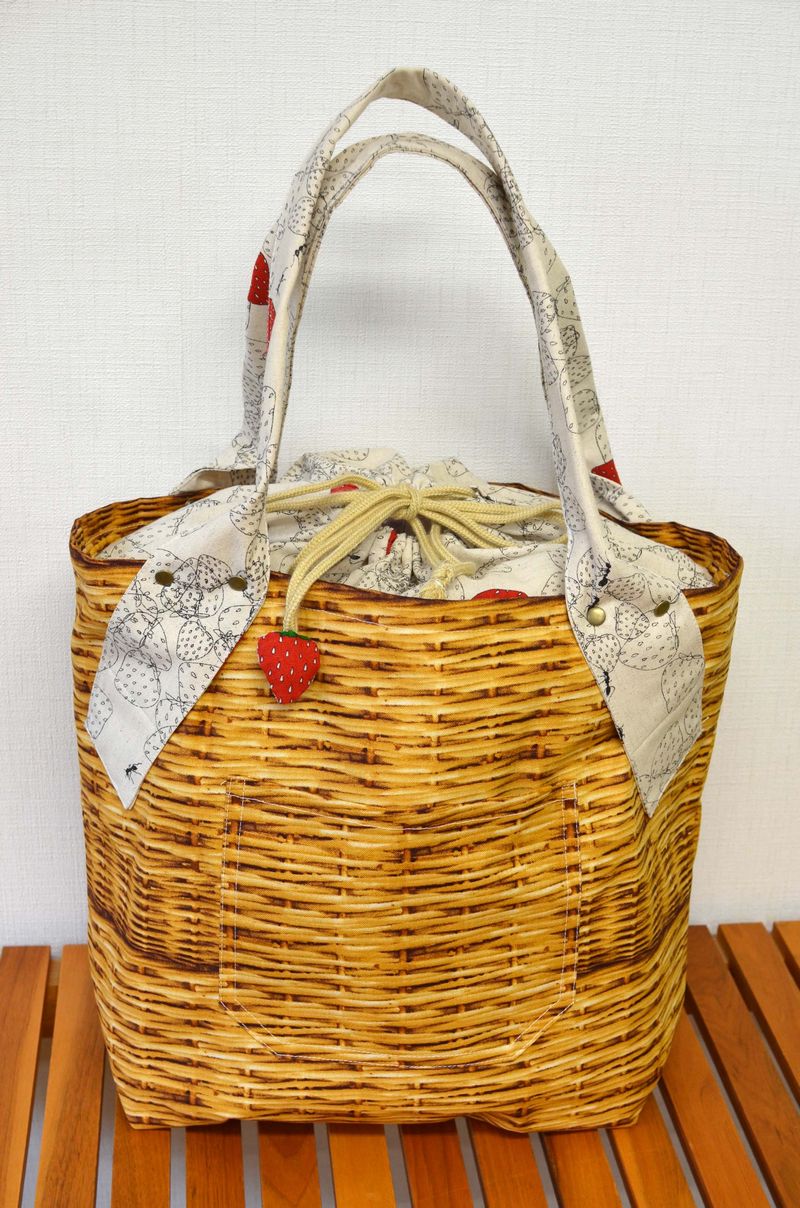

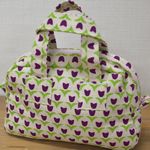 Tulip print mini Boston bag
Tulip print mini Boston bag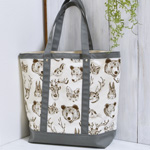 Fluffy Tote in Animal Print Fabric
Fluffy Tote in Animal Print Fabric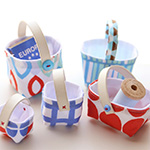 Miniature Basket-Style Bag
Miniature Basket-Style Bag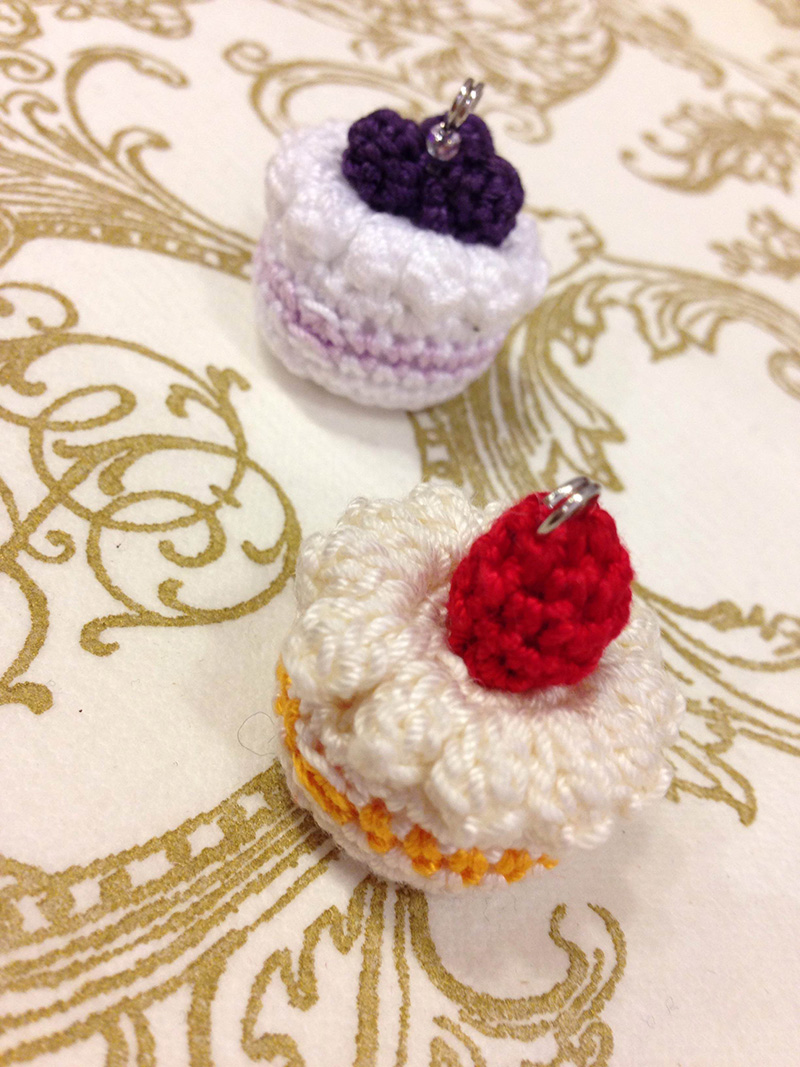
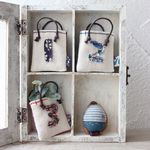 Inspiration file20
Inspiration file20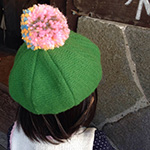 Inspiration file 27
Inspiration file 27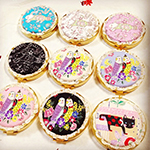 Inspiration file60
Inspiration file60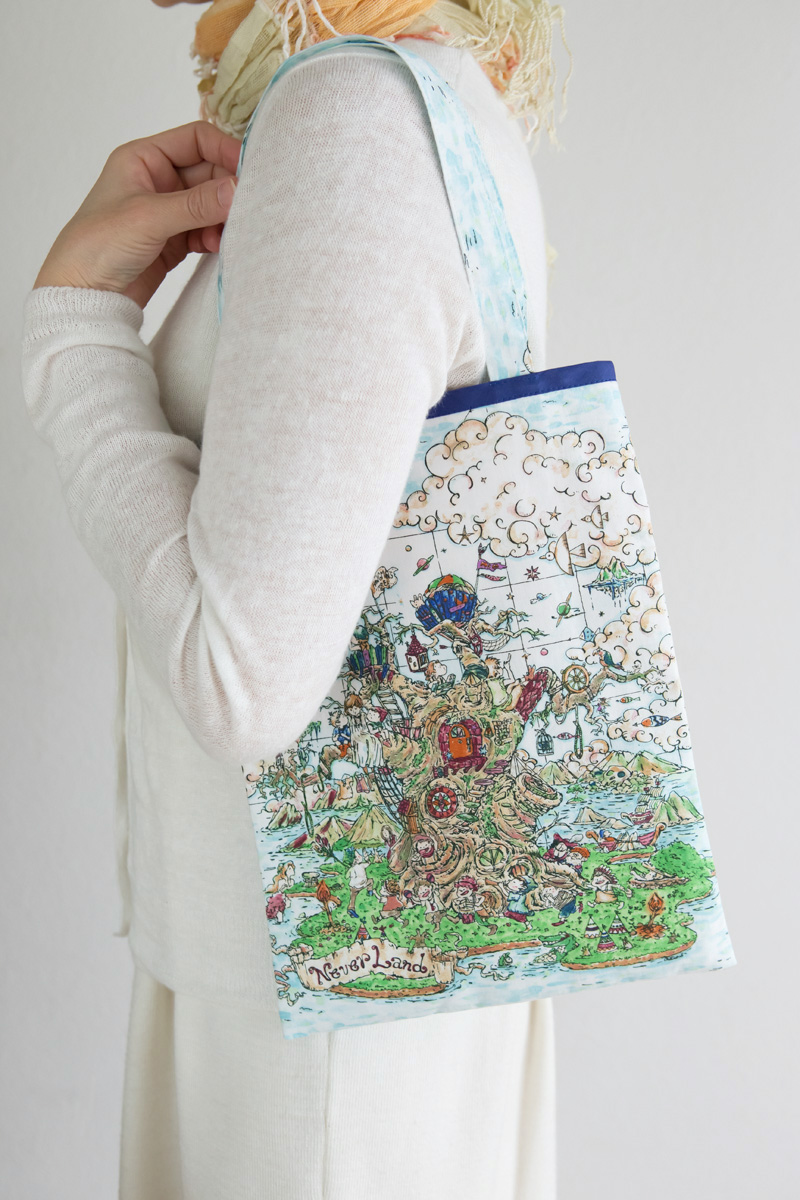
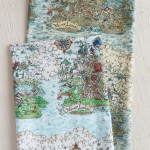
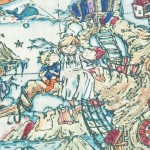
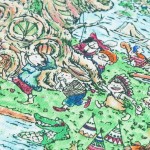
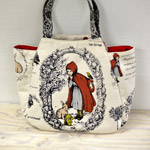 nunokara series #3 Rotkappchen (Little Red Riding-Hood)
nunokara series #3 Rotkappchen (Little Red Riding-Hood)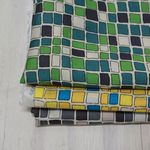 cocca
cocca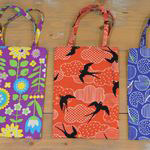 nunokara
nunokara
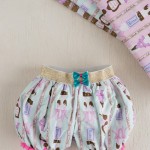
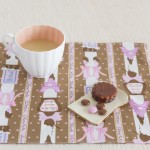
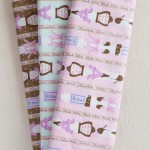
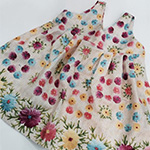 plump cheeks
plump cheeks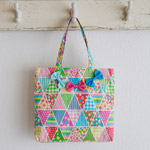 Plump Cheeks ‘70s Retro
Plump Cheeks ‘70s Retro 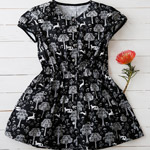 Monochrome
Monochrome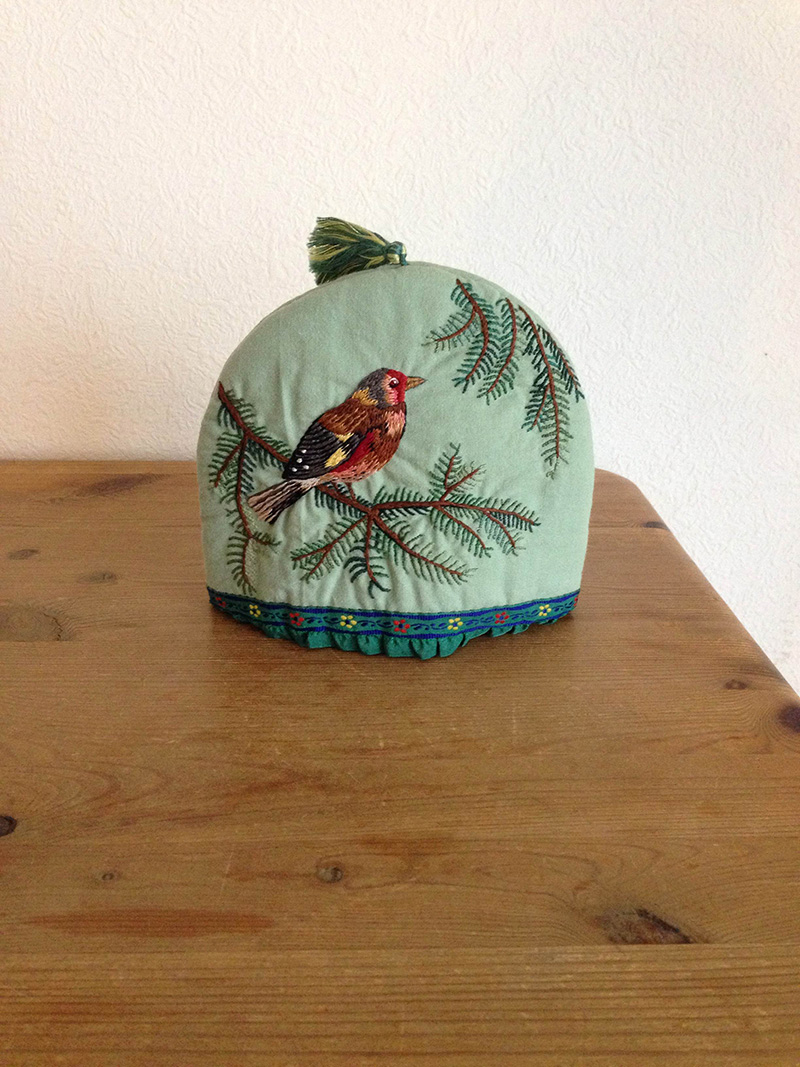
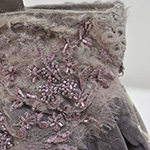 Inspiration 22
Inspiration 22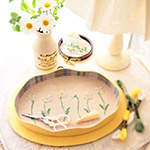 Inspiration file48
Inspiration file48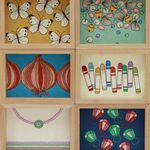 Inspiration file21
Inspiration file21